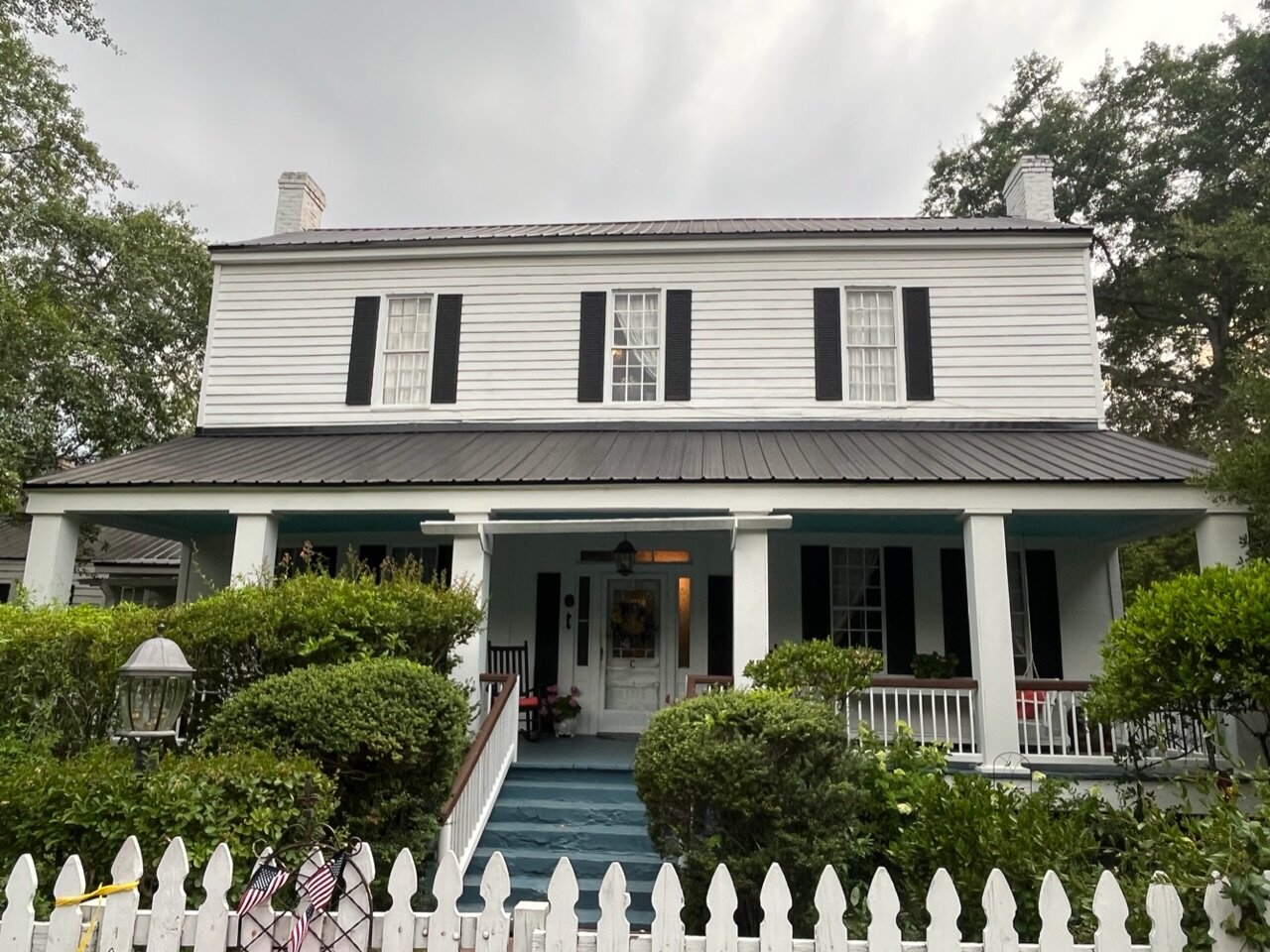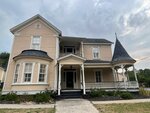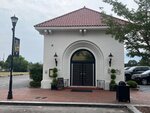Lexington County is home to many landmarks on the National Registry of Historic Places
Lexington County is well known for being a thriving, modern and family-friendly community. It’s growing popularity has drawn in crowds from different towns and states, making it a wonderful …
This item is available in full to subscribers.
Subscribe to continue reading. Already a subscriber? Sign in
Get 50% of all subscriptions for a limited time. Subscribe today.
Please log in to continueNeed an account?
|
Lexington County is home to many landmarks on the National Registry of Historic Places
Lexington County is well known for being a thriving, modern and family-friendly community. It’s growing popularity has drawn in crowds from different towns and states, making it a wonderful place to call home. While many popular restaurants, schools and businesses have helped establish Lexington as a popular attraction for many families, we must not forget it’s historical roots that put Lexington County on the map of history. Many of these historical landmarks are still present today, scattered like hidden treasures throughout Lexington County. Although there are many found throughout the county, here are three notable historic landmarks within the Town of Lexington that are recognized by the National Registry of Historic Places:
C.E. Corley House (808 S. Lake Dr.)
Built in 1895, the C.E. Corley House is the perfect picture of southern and historical charm. This historic landmark sits right at the conjunction of the Town of Lexington and Red Bank. According to the National Registry of Historic Places, the beautiful yellow “Queen Anne” style home was built by Charles Edward Corley who was a prominent local builder of that time. C. E Corley House has many distinguished features such as it’s gazebo that connects to the “L-shaped” front porch, corbeled chimneys and its first story porch overlooking the front entrance. The historic landmark also includes three different structures on the property such as a smokehouse, woodshed and a tenant house. C.E. Corley House was nominated and added to the National Registry of Historic Places in 1983.
Bank of Western Carolina (126 E. Main St.)
Presently known as Bhodi Thai Dining, the small rectangular brick structure on East Main Street was home to the Bank of Western Carolina. Nestled right in the heart of town, this structure holds much history of the very beginnings of Lexington. Constructed in 1912, the single-story brick building “is an important landmark as one of five commercial buildings that survived the 1916 fire,” according to nationalregister.sc.gov. It’s only notable decorative features include the rounded archway above the entrance and the black pair of eaves brackets on the street side front of the building. Bank of West Carolina occupied this structure until the bank closed its doors due to business failure in 1931. "It was thereafter operated as an insurance agency by E.G. Dreher until 1966 when the Lexington State Bank was organized by local businessmen to provide a hometown bank, " according to the nationalregister.sc.gov. The building has undergone an interior renovation within the late 1960’s, and a low masonry extension was added to the backside of the structure. Bank of Western Carolina was added to the National Registry of Historic places in 1983.
William Berly House (121 Berly St.)
Tucked away in one of the back streets within the Town of Lexington, sits the William Berly House. The William Berly House is a two-story clapboard structure that features an enchanting front porch on the first story. The house also includes an enclosed area that was previously a breezeway that connected to an outdoor icehouse. Despite its charm and beauty, this landmark is known for its association with the Evangelical Lutheran Synod of South Carolina. This religious organization was a dominant force in the early establishment of Lexington County. While there are no clear records of when the actual residence was built, the property was purchased in 1833 by the Evangelical Lutheran Synod of South Carolina and Adjacent states. The property became the established settlement for a seminary and classical academy. “The seminary and classical academy closed in 1856 when it moved to Newberry, becoming Newberry College,” according to nationalregister.sc.gov. The house and property were then purchased by its namesake, Reverend William Berly, a prominent Lutheran and educational leader in the Lexington area. Due to its rich historical ties, the William Berly House was added to the National Registry of Historic Places in 1977.
Other items that may interest you












Comments
No comments on this item Please log in to comment by clicking here